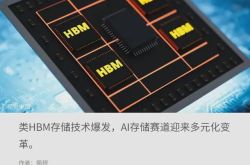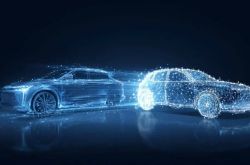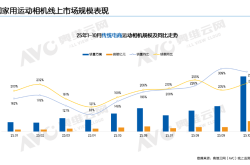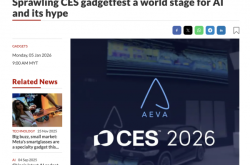Li Xiang ONE Halts OTA: Are Promises in the Smart Car Era So Flimsy?
![]() 12/27 2024
12/27 2024
![]() 429
429
Introduction | Lead
As a Li Xiang ONE owner pens a 9,000-word complaint in the Li Xiang Auto community, one can't help but wonder if they still recall the reasons behind their initial choice of the Li Xiang ONE. As Li Xiang's maiden model, the Li Xiang ONE's owners can be considered the pioneers who unwaveringly supported Li Xiang Auto and boldly "ate the crab." Just two years after the Li Xiang ONE ceased production and sales, however, its early adopters are now experiencing the "backstabbing" of the new forces in the automotive industry.
Produced by | Heyan Yueche Studio
Written by | Cai Jialun
Edited by | Heyan Studio
1,768 words in full
3-minute read
As the automotive industry accelerates towards intelligence and electrification, the smart cockpit system has emerged as one of the new "three major components" of new energy smart cars. The grievances voiced by Li Xiang ONE owners are deeply intertwined with the in-car system. Two years after the cessation of Li Xiang ONE sales, OTA updates for the in-car system have been halted, whereas the current Li Xiang L series, still on sale, continues to receive OTA updates. This stark contrast has left older owners dissatisfied. The cessation of OTA updates for discontinued smart cars isn't merely about halting updates; once abandoned, smart cars, heavily reliant on numerous software and hardware systems, become even more problematic than traditional fuel vehicles.
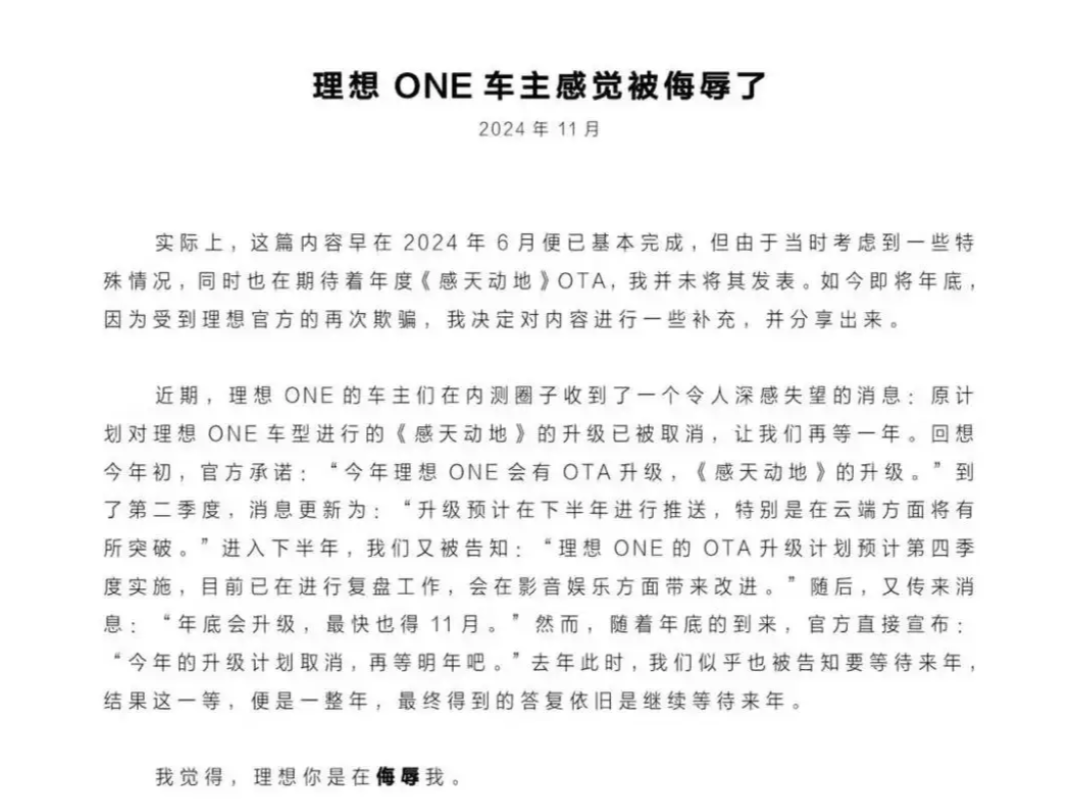
△ A 9,000-word complaint from a Li Xiang ONE owner accusing Li Xiang Auto of unequal treatment
How Crucial is OTA for Smart Cars?
The complaints from Li Xiang ONE owners primarily focus on several points: Li Xiang Auto's inadequate hardware update and maintenance for the Li Xiang ONE model, lagging behind other automakers; discriminatory repurchase policies for Li Xiang ONE owners; and the unfulfilled promise of OTA upgrades for the Li Xiang ONE.
Why are older Li Xiang ONE owners so fixated on OTA? This is closely tied to the significant functional value of OTA for smart cars. OTA technology enables remote software updates via mobile communication interfaces, eliminating the need for users to visit 4S shops for ECU-based software upgrades. While traditional fuel vehicles can already use functional OTA technology to enhance in-car features, upgrading the powertrain and transmission logic through full-vehicle OTA isn't feasible for fuel vehicles. The automotive industry's new forces, exemplified by Li Xiang, are pushing for electrification, connectivity, and intelligence. Their electronic and electrical architectures are more conducive to full-vehicle OTA upgrades, particularly for smart cars like the Li Xiang ONE, which boasts a "fridge, TV, and comfy sofa." Aligned with the mainstream concept of "software-defined cars," akin to mobile phone systems, the increasingly complex automotive software can only be promptly repaired and updated through irregular OTA upgrades to fix sudden bugs and introduce new features for users. For new energy smart cars, OTA upgrades encompass intelligent driving functions, AI intelligent chassis, in-car systems, and can even optimize fuel economy and bolster the safety and stability of battery management systems.
The cessation of OTA upgrades signifies that smart cars are destined to be abandoned. Compared to the latest models, owners feel like they're using an "antique." It's no surprise that a Li Xiang ONE owner penned in their lengthy complaint: "Li Xiang, you're insulting me."

△ Smart cars with "fridges, TVs, and comfy sofas" rely more heavily on OTA upgrades
The Agony Behind Li Xiang ONE Halting OTA
Li Xiang Auto didn't intentionally position itself on the pillar of shame for breaking promises. Providing OTA upgrades for the Li Xiang ONE, which ceased production over two years ago, would undoubtedly be a financial waste. Unlike the Li Xiang L series, which utilizes the self-developed AD Max intelligent driving solution and internal XCU, the Li Xiang ONE's intelligent driving solution was co-developed with the Horizon Robotics team, and its intelligent cockpit underlying software was developed by Desay SV Automotive. Relevant suppliers provided the vehicle controller XCU.
Therefore, upgrading the Li Xiang ONE's software is a "domino effect," requiring significant investments of time, effort, and funds to develop intelligent cockpit software based on the Qualcomm Snapdragon 820A. Additionally, fees must be paid to Horizon Robotics and the XCU developer. Li Xiang Auto wouldn't engage in such a losing venture. After all, for Li Xiang, the Li Xiang ONE is now a part of history, and the Li Xiang L series, which has turned losses into profits for Li Xiang Auto, is the core focus. Meanwhile, the Li Xiang ONE's hardware also poses a significant challenge for OTA upgrades of older models. The Qualcomm Snapdragon 820A equipped in the Li Xiang ONE suffers from issues like low cache capacity, low memory bandwidth, and low computing power. Providing OTA upgrades for older models would further complicate software development.
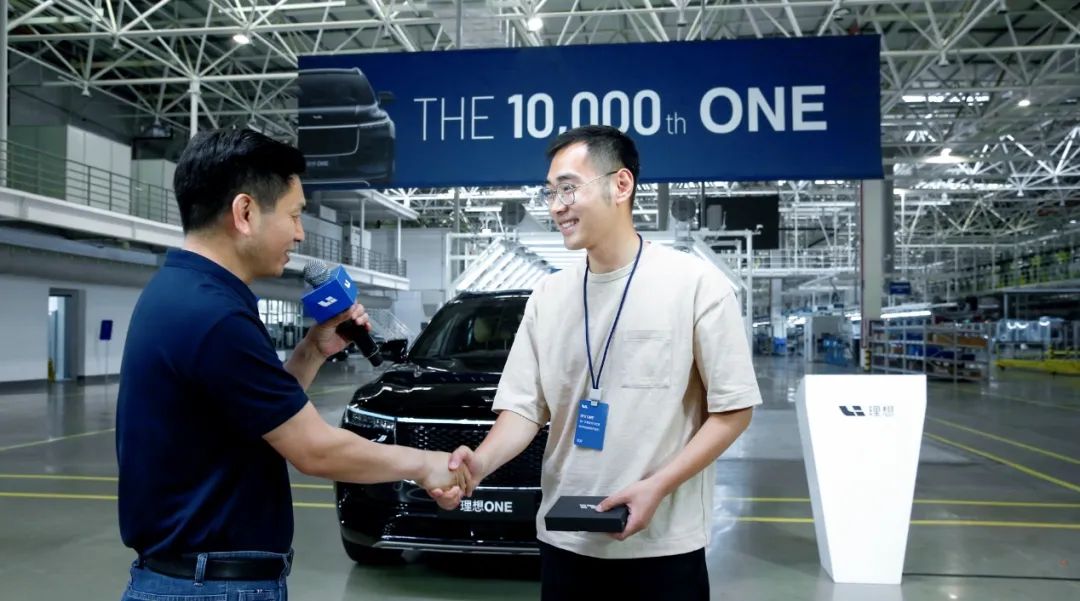
△ How do former supporters of Li Xiang Auto feel now?
What Lies Ahead for the "Li Xiang ONEs"?
The difficulties in achieving OTA upgrades for the Li Xiang ONE reflect a significant dilemma faced by automakers in the era of automotive electrification. With the rapid pace of technological advancements and model updates in intelligent and connected vehicles, it's not uncommon for new models to overshadow and "backstab" older owners. However, the dilemma faced by Li Xiang ONE owners isn't unique.
Nevertheless, some automakers' practices are worth emulating. Lynk & Co. officially offered a paid upgrade service of the "E03 chip + software" for its models to address issues like lagging and freezing of the in-car system. Xiaopeng Motors adopted an integrated hardware and software OTA solution, allowing older owners to upgrade from the 820A model to the 8295 cockpit chip for 4999 yuan. It seems that as long as one remains innovative, there are numerous solutions to enhance the in-car system for the "Li Xiang ONEs." It simply depends on the automakers' choices.
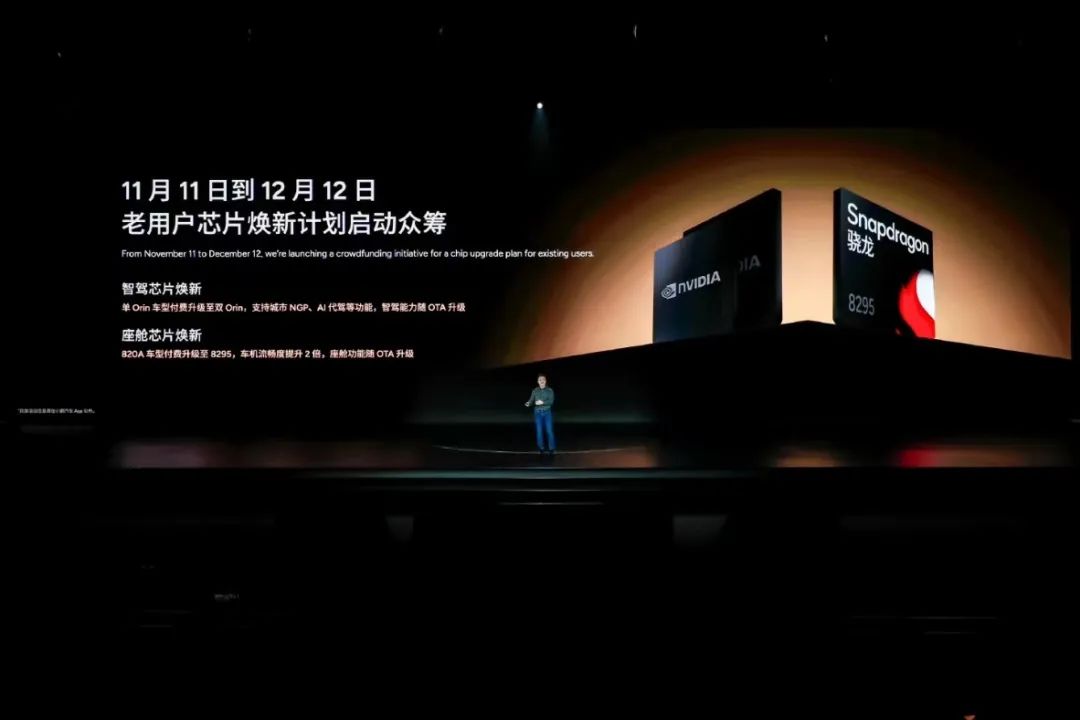
△ Xiaopeng Motors' "Chip Renewal Plan" for older users is worth emulating by other automakers
Review
Li Xiang Auto aims to sprint into the pure electric vehicle market in the coming years, meaning more consumers will scrutinize Li Xiang's attitude towards older users. Whether the new forces in the automotive industry, represented by Li Xiang Auto, can fulfill their promises is a crucial factor determining an automaker's brand strength. If older users' demands are ignored, it may deter consumers from choosing the Li Xiang brand, especially since after-sales issues for new energy smart cars are more cumbersome than those for fuel vehicles.
(This article is originally created by Heyan Yueche and cannot be reproduced without authorization)

